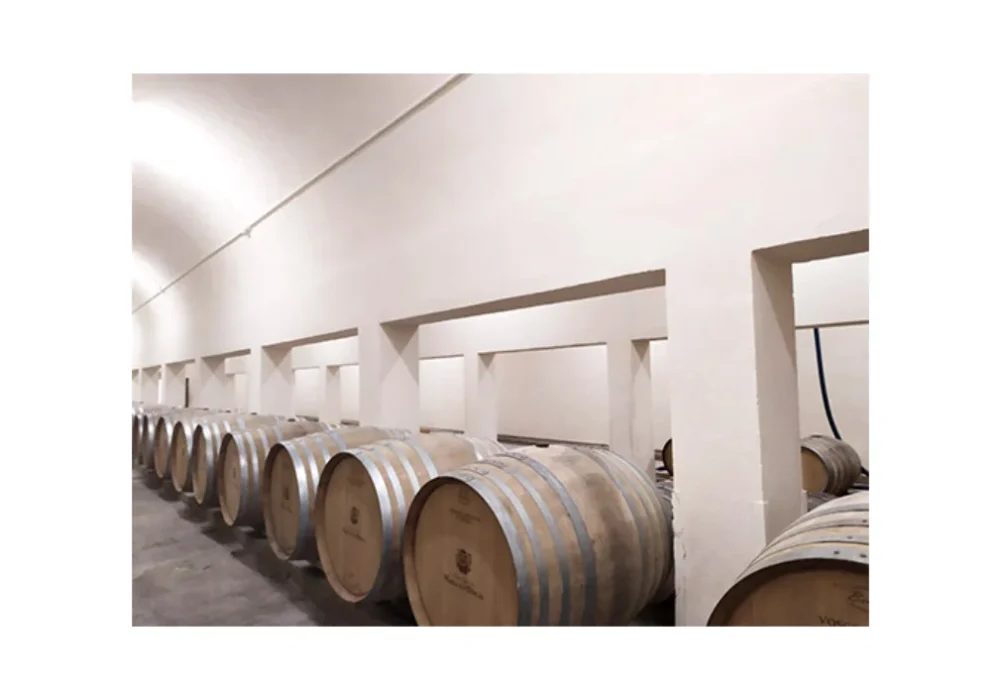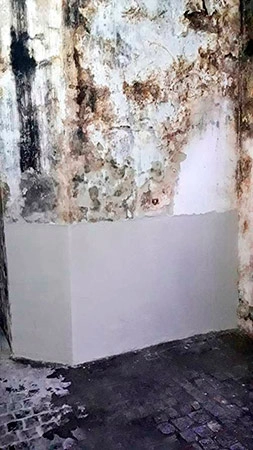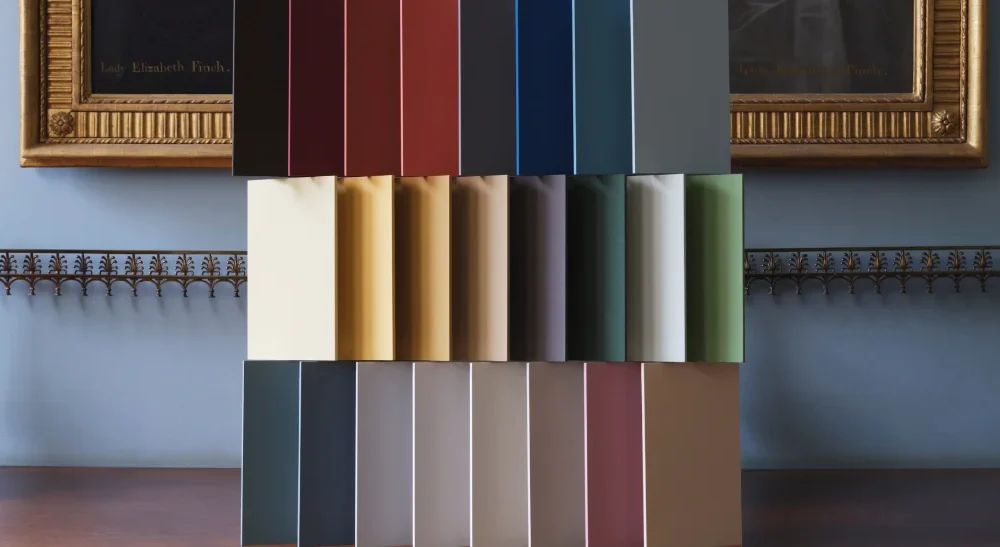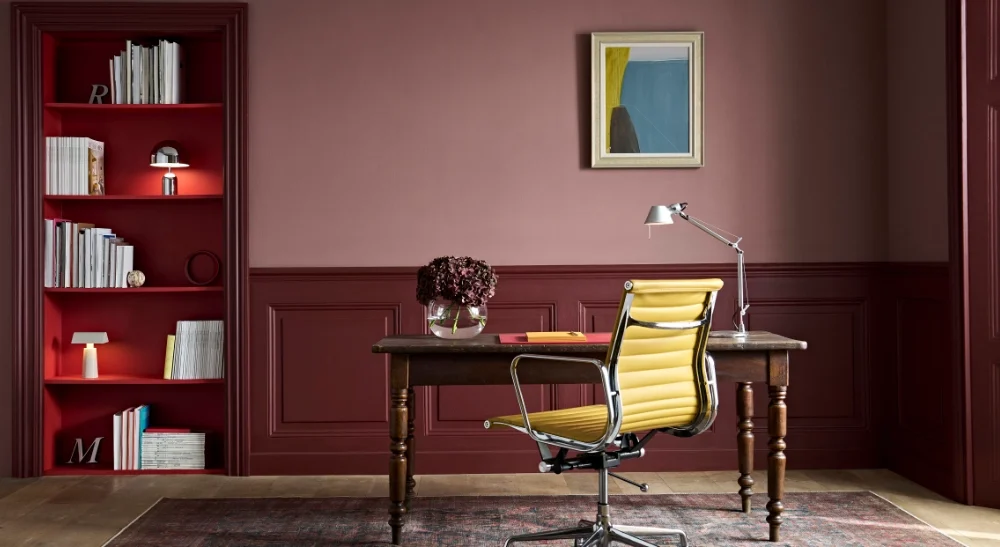Discover our English Heritage Colour Collection – inspired by historic properties and timeless design. Visit, explore, and find your perfect shade.

Wine cellars. Care and advice
Wine cellars
A winery is a space for the production and storage of wine for its later distribution. Wine is a living matter and the way to preserve it and the care taken will affect the taste, so it is essential to have an optimal storage space until it is consumed.
Great wines are characterized by their ability to improve overtime. Therefore, it is necessary that the wine cellar has the ideal conditions of temperature, light, humidity and ventilation, as the environmental conditions have a direct influence on the wine quality.
Care in wine storage
Ideally, a wine cellar should have a northeast orientation, as this will prevent sudden temperature changes. The space must be well ventilated, without large air currents. A space that is too fresh will slow the evolution of the wine. On the contrary, a very warm space will produce premature aging, so ideally the temperature should range between 10-15 ºC, constantly.
 The relative humidity of the wine cellar should be between 70% and 80% for a correct aging. In a too dry space, the wine corks can dry out, with its consequent ease of breaking when uncorking, while an excessively humid space presents the danger of mold appearance.
The relative humidity of the wine cellar should be between 70% and 80% for a correct aging. In a too dry space, the wine corks can dry out, with its consequent ease of breaking when uncorking, while an excessively humid space presents the danger of mold appearance.
In regards to lighting, wine should not be exposed to large amount of light. In this way, dim lights are recommended, avoiding high-powered bulbs and opting for energy-efficient LED lights that do not directly affect the bottles.
How to rehabilitate wine cellars
In addition, it is essential to choose good materials for the construction or rehabilitation of the building. These should be healthy, breathable and without odors that can affect the result of the wine. Graphenstone recommends the following these steps in order to rehabilitate a wine cellar:
- Repairing the wall with a pick until the original wall is reached. Clean with water to remove impurities and allow to dry for at least 24 hours.
- If salt-dragged areas appear, apply a Neutralysal Premium layer as an anti-stress treatment and let dry for 24 hours.
- Observe the state of the wall. If the support is excessively degraded, consolidate it with Minerseal Premium. Allow to dry for 24 hours.
- Apply the NaturMortar Base lime mortar until equal, with a maximum thickness of 20 mm per day. Leave 24-48 hours between layers. Do not smooth the surface to ensure grip of the finishing mortar.
- Apply a first thin layer of MortarFine Premium and then apply the second evenly. A thickness of 2-3 mm and a maximum of 10 mm per day is recommended. Let at least 7 days pass in order to ensure the carbonation of the lime mortar.
- Apply AmbientPrimer Premium L44 as an anti-mould treatment and let dry for 24 hours.
- Apply 2 layers of Ecosphere Premium letting it rest 4 hours between layers and 24 hours to finish.
The following image shows the status of a poorly preserved wine cellar and the progress of the work with the steps proposed above.
 Solutions for natural and odorless wine cellar
Solutions for natural and odorless wine cellar
At Graphenstone we want to highlight the importance of applying natural and odorless solutions, facilitating the breathability of cellar walls. With this in mind, indoor air quality improves and the control of the temperature and humidity reaches optimal conditions to obtain higher quality wines.

Authors: Francisco Martínez, Rafael J. Sánchez.




 Solutions for natural and odorless wine cellar
Solutions for natural and odorless wine cellar



Comments (0)